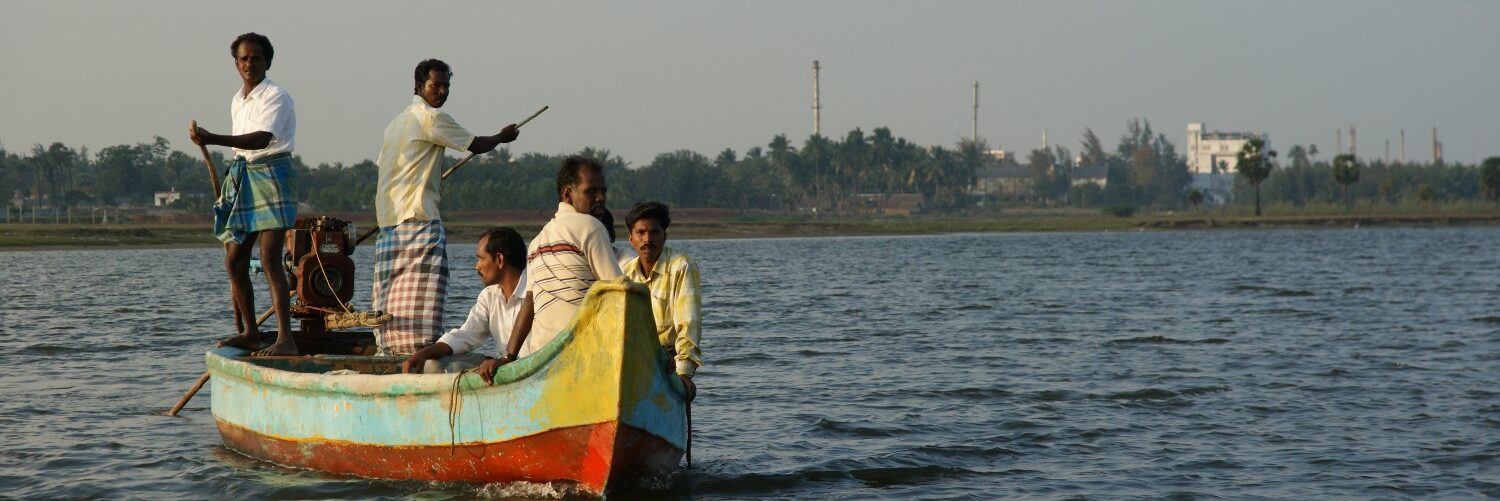4 Feb 2008
The Hindu,
Sarah Hiddleston
CHENNAI: Anyone walking the lunar landscape behind the well-constructed but incomplete wall could testify to the near medieval methods of waste disposal practised at the Kodungaiyur dump yard. Vegetable scraps mix with plastic bottles, batteries and old tyres.
Hospital refuse including needles, syringes, used bandages, gloves, rejected chemicals and medicine bottles, lie amongst the paper bags and polythene bags that children who can barely walk pick through with their mothers to sell for a pittance.
“Some of the big kids, they come after schools and put the needles,” says Tipu Sultan, who says he is 13 years old but looks about 11. “On Saturdays and Sundays there are so many children, you should see. Over 75 children, definitely,” my little guide, who wanders the area barefoot, adds.
“They bring back whatever they can salvage, take it for sorting nearby,” says Raja Rajan, a science postgraduate, who has set up the Glowing Light Youth Club, which has about 25 members and meets once a week to do community work and build leadership in the next generation.
Despite recent efforts to end the practice of burning waste, many continue to do so. “We burn the plastic so we can get the little bit of iron that is there. Like this (old file cover with a big metal pin). This is good,” says an old lady, who won’t be drawn on her name, adding that she gets Rs.10 per kg. Raja, who has filmed a documentary on the yard, says it is not usually so bad – for metal they get around Rs.20.
“These people, the few that actually make a positive contribution on the site are targeted by the police,” says Nityanand Jayaraman, Adviser to Community Environment Monitoring, which brought in an expert panel to review the area in January last. The panel estimated that around 70,000 people make their living out of the litter of Kodungaiyur.
“They need to be a part of the solution here, they should be organised and given a clean area, proper equipment, and full rights,” he continues. Near the entrance where the trucks are weighed, the supervisor-in-charge tells of twice daily dumps from hospitals including body innards discarded in operations, which are buried in pits and covered with bleach.
A sludge of black water makes its way through the mounds across the compound towards the Captain Cotton Canal. “This is where the ladies bathe” laughs my young guide. Further down, a group of children younger than 13, play in the grimy liquid. They have crossed the invisible dividing line between Slum Clearance Board land and dump boundaries on the edge of Ezhil Nagar.
